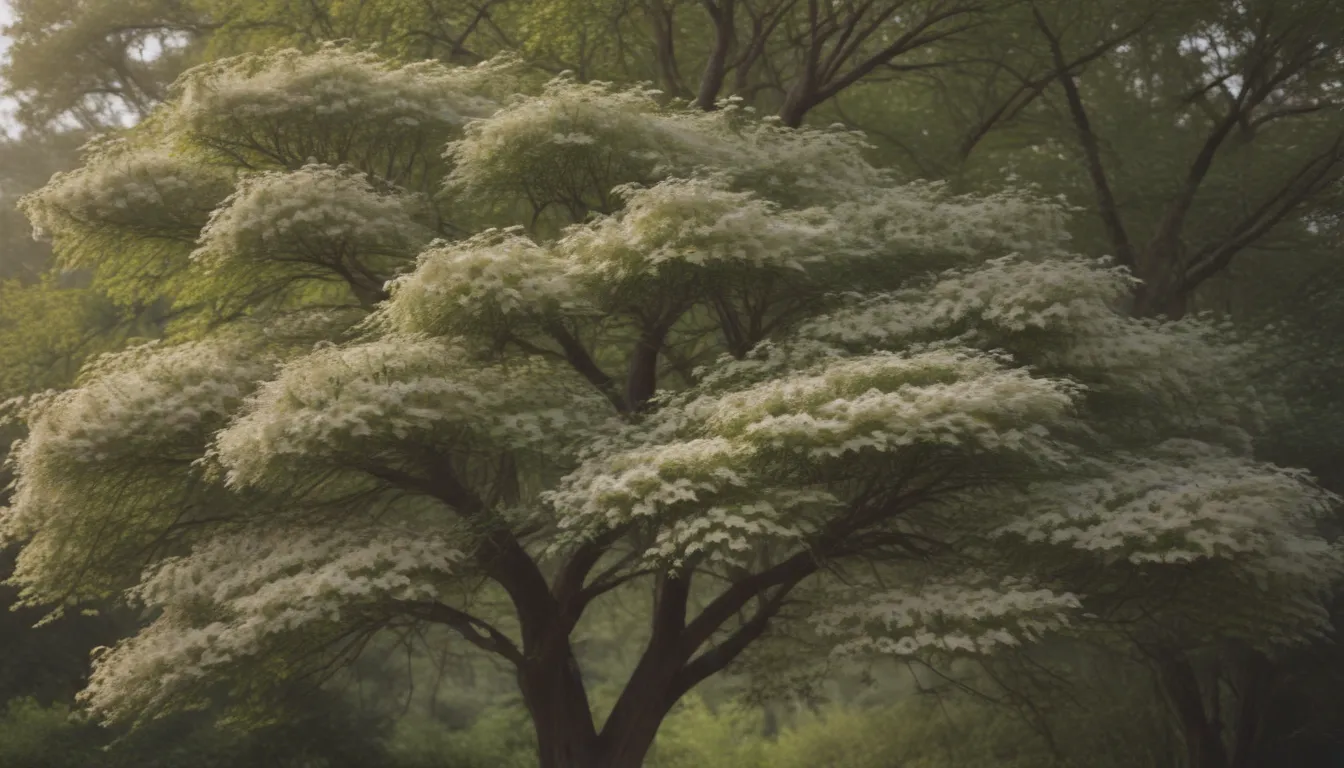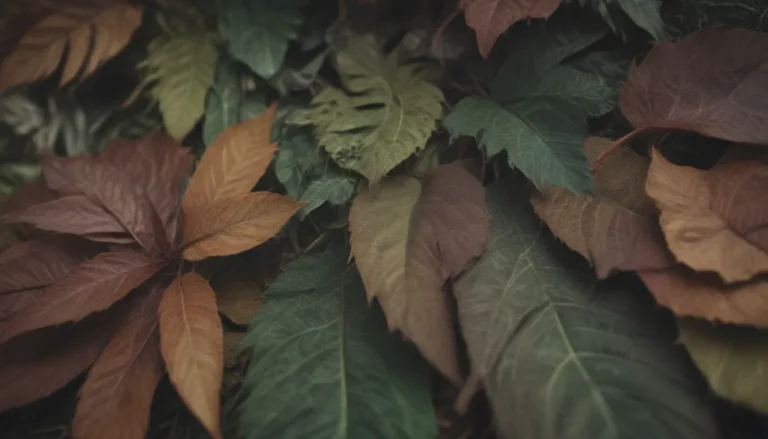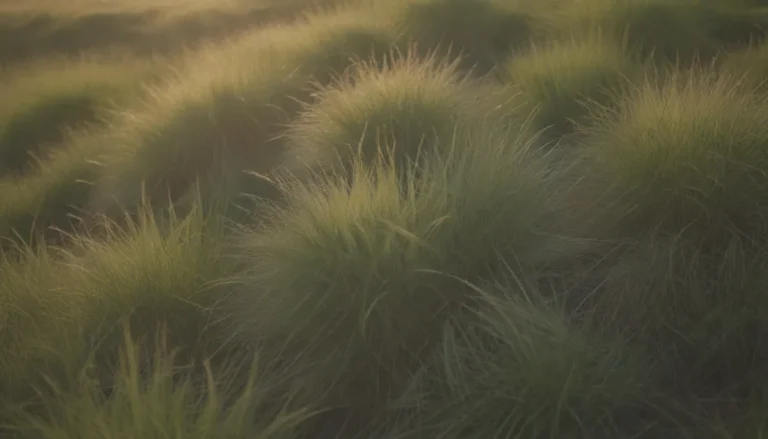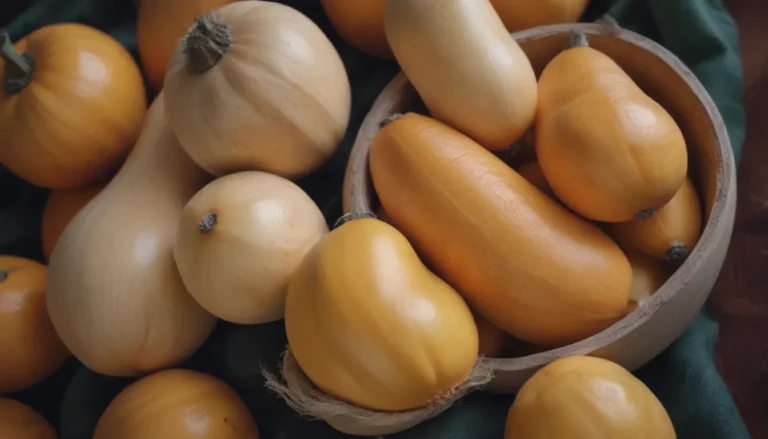The Ultimate Guide to Dogwood Trees and Shrubs: Everything You Need to Know

Dogwood trees and shrubs (Cornus spp.) are a staple in many landscapes for their year-round interest and beautiful displays of flowers, fruits, and foliage. With 17 native species in the United States and countless cultivars to choose from, there is a dogwood tree suited to every gardener’s needs. In this comprehensive guide, we will explore everything you need to know about dogwood trees, from identification and care to the different types available.
How to Identify Dogwood Trees
You can easily identify a dogwood tree by examining three key physical characteristics: leaves, bark, and fruit.
Leaves
Dogwood tree leaves are smooth-edged with veins that curve parallel to the margins. While most species have opposite branching, a few have leaves that alternate on the stems.
Bark
Dogwood tree bark is characterized by its scaly appearance, resembling nearly uniform square scales. Older trees may develop peeling bark over time.
Fruit
After pollination, dogwoods produce a type of fruit known as a drupe. While many species produce fruit, some have berries that are toxic to humans. Always check the species before planting if there is a chance of human consumption or contact.
Caring for Dogwood Trees
To ensure the health and vitality of your dogwood trees, follow these care guidelines:
Sunlight
Dogwood trees thrive in part shade but some varieties also benefit from full sun. Ensure they receive adequate sunlight based on their specific requirements.
Soil
Plant dogwoods in rich, damp, slightly acidic soil that is well-draining to promote healthy growth.
Watering
During high heat, water your dogwoods deeply to prevent drought stress. Avoid extreme heat and dry conditions, as dogwoods do not thrive in these environments.
Pruning
Prune your dogwood trees once a year in late fall, winter, or early spring to reshape the tree and remove dead branches. Avoid pruning in spring or summer to prevent pests and infections.
Planting Dogwood Trees
Follow these steps to properly plant and care for your dogwood trees:
How to Start off a Dogwood Tree
You can start a dogwood tree from cuttings or plant a bare-root sapling. Ensure the tree is protected during initial growth and transplant it carefully to encourage healthy root development.
Planting Time
Optimal planting times for dogwood trees are in early spring or early to late fall, depending on your climate. Newly planted trees benefit from moist soil in these seasons.
Where to Plant
Choose a location for your dogwood tree based on its lighting preferences and soil needs. Most dogwoods prefer dappled sunlight and well-drained soil for optimal growth.
Growth Rate & Mature Height
Understanding the growth rate and mature height of your dogwood tree is essential for planning and maintenance:
How Long Does It Take to Mature?
Dogwood trees are slow-growing, typically taking five to seven years to reach maturity and begin flowering.
Mature Height
The mature height of a dogwood tree varies based on the variety and sunlight exposure. In full sun, they can reach 15 to 20 feet, while in shade, they may grow up to 40 feet.
12 Types of Dogwood Trees
While there are 17 native species of dogwoods in North America, the following 12 varieties are commonly found in landscapes:
- Canadian Bunchberry (Cornus canadensis)
- Native Area:
- USDA Growing Zones:
- Height:
-
Sun Exposure:
-
Common Dogwood (Cornus sanguinea)
- Native Area:
- USDA Growing Zones:
- Height:
-
Sun Exposure:
-
Cornelian Cherry (Cornus mas)
- Native Area:
- USDA Growing Zones:
- Height:
-
Sun Exposure:
-
Flowering Dogwood (Cornus florida)
- Native Area:
- USDA Growing Zones:
- Height:
-
Sun Exposure:
-
Kousa Dogwood (Cornus kousa)
- Native Area:
- USDA Growing Zones:
- Height:
-
Sun Exposure:
-
Gray Dogwood (Cornus racemosa)
- Native Area:
- USDA Growing Zones:
- Height:
-
Sun Exposure:
-
Mountain Dogwood (Cornus nuttallii)
- Native Area:
- USDA Growing Zones:
- Height:
-
Sun Exposure:
-
Pagoda Dogwood (Cornus alternifolia)
- Native Area:
- USDA Growing Zones:
- Height:
-
Sun Exposure:
-
Red Twig Dogwood (Cornus sericea)
- Native Area:
- USDA Growing Zones:
- Height:
-
Sun Exposure:
-
Rough Leaf Dogwood (Cornus drummondii)
- Native Area:
- USDA Growing Zones:
- Height:
- Sun Exposure:
-
Stiff Dogwood (Cornus foemina)
- Native Area:
- USDA Growing Zones:
- Height:
- Sun Exposure:
-
Swedish Cornel (Cornus suecica)
- Native Area:
- USDA Growing Zones:
- Height:
- Sun Exposure:
Each of these dogwood species offers unique features and characteristics, making them a valuable addition to any landscape. When selecting a dogwood tree, consider your specific climate, lighting conditions, and space requirements to choose the best variety for your needs.
Common Issues and Pests
Despite their beauty, dogwood trees are susceptible to various diseases and pests that can impact their health. Some common issues include:
- Spot anthracnose
- Septoria leaf spot
- Powdery mildew
- Root rots and canker disease
Additionally, scale insects and dogwood borers are common pests that affect dogwoods. To protect your trees, avoid over-fertilizing and ensure they are planted in well-balanced soils with proper nutrients.
Conclusion
Dogwood trees and shrubs are valued for their year-round interest, stunning flowers, and vibrant foliage. By understanding how to identify, care for, and plant dogwood trees, you can enjoy the beauty and benefits they bring to your landscape. With a wide range of varieties to choose from, there is a dogwood tree suited to every garden’s needs. Consider adding a dogwood tree to your landscape for a touch of natural beauty and elegance.





